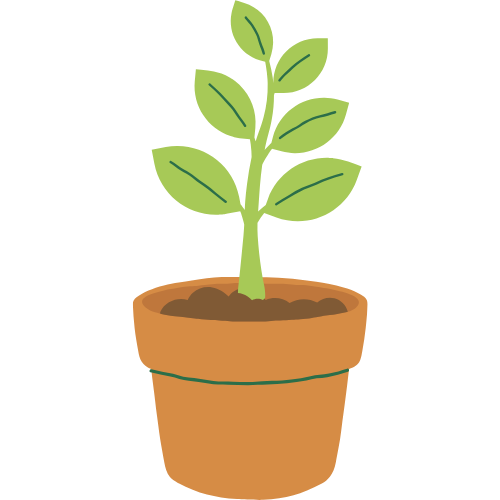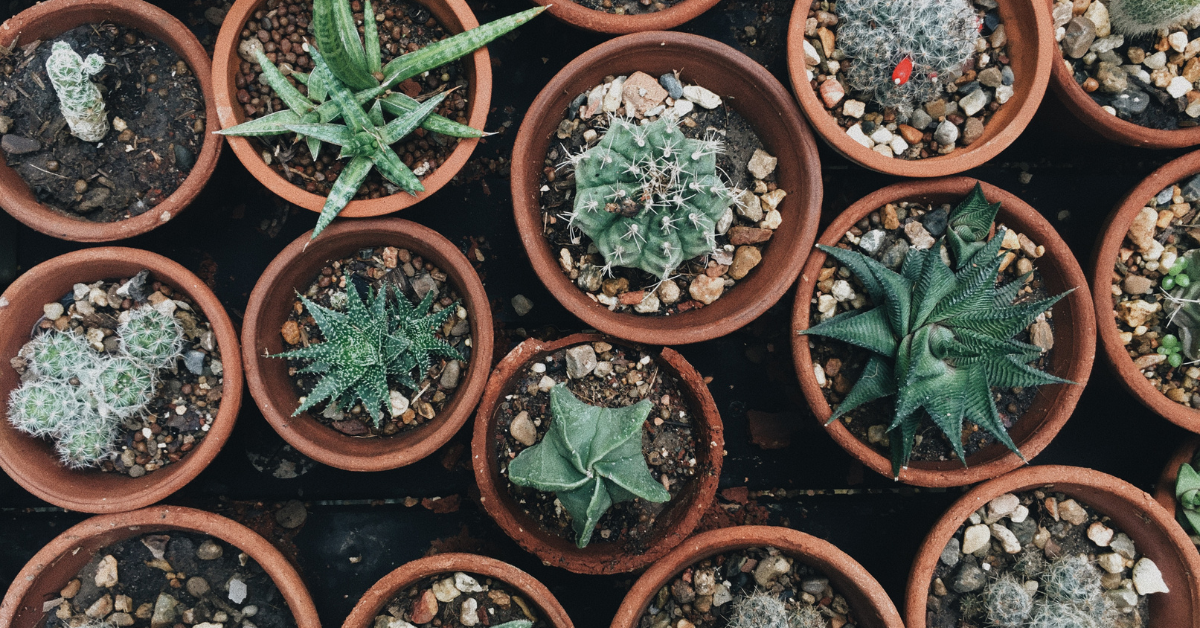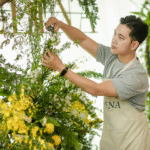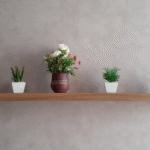Succulents have swept across the landscape of the indoor plant scene and it is not without cause. Their interesting shapes, colorful and interesting textures make them living pieces of art and they bring especially a modern and architectural feeling into any room. In addition to their beauty, they are a great option to plant in any garden both because they will survive with limited care and also because they are a good choice of plant even to gardeners who are just starting out.
The meaning of succulent.

Succulent is not a scientific term it is descriptive. This is a term which is used to describe those plants that have evolved to live in dry conditions and, as a result of this, they can store their water in the stems, leaves or roots. It is this water-storing ability that lends them their characteristically fleshy and fat and, in fact, obscene looking features.
- Flexible & Durable: Who does not know that the plants are very understanding when it comes to houseplants? Succulents in a dry environment have adapted to the conditions of lengthy drought, making them very adaptable plants.
- Variety: There is no shortage of difference of bonbon like the plump rosettes of an Echeveria to the dangling “pearls” of a String of Pearls can be found within the many varieties of the succulent group. This variety gives the number of infinite creative combinations and a succulent fitting to any style and taste.
- Low-Maintenance: Succulents do not have to be watered very often, making them low-maintenance; this is the most common obstacle that can be faced by new owners of plants. Watering actually is the most popular error done in providing succulents with care.
What are Golden Rules of succulent care?
Although succulents are famous as a tough lot, it is a combination of several main statements that could not only survive but also thrive inside.
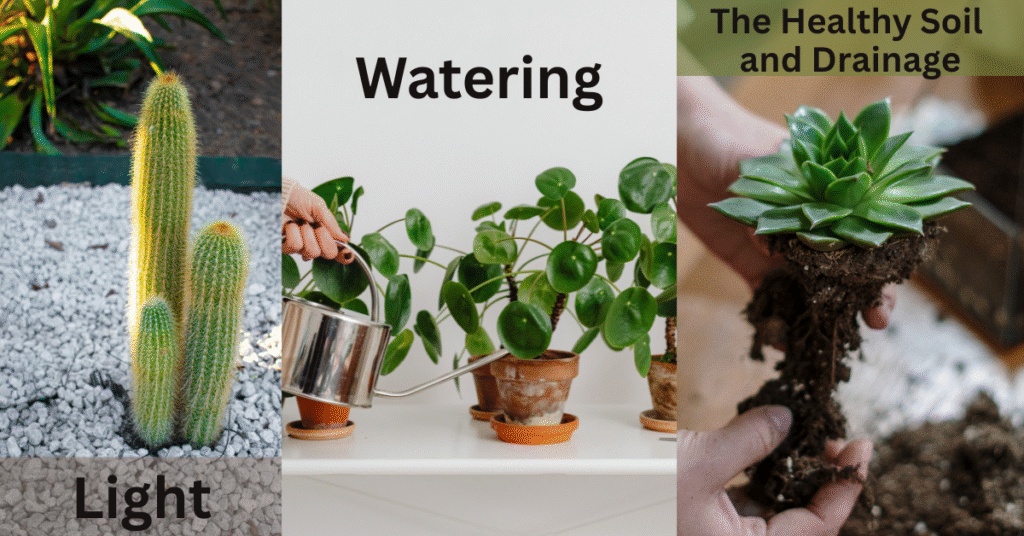
- Light: The Secret of Color and Condensed Growth Succulents are, by nature, sun-worship families. Most of them require at least six hours of moderately dark or uneven light on a daily basis to preserve the compact form and intense coloring.
- Position: Crucial positioning is a south facing window as this will have the best and most regular light. In case you observe that your succulent is growing long (“leggy”), or changing colours and fading away, this is another telltale sign that the plant needs more light.
- Sunburn: They adore sun, but bright, direct midday sun, particularly when they are not getting accustomed to it, can burn their leaves, creating permanent brownish, or beige streaks. Gradually introduce them to new and brighter light.
- Watering: The Less, the Best This is the most important thing when taking care of succulents. They have water storing leaves and hence, they have a high risk of root rot should they be left to rest in wet soil.
- Drench and Dry Method: One successful and commonly employed watering technique is to both water deeply and abundantly and then to allow the soil to dry all the way before watering again.
- The Finger Test: It can also be as easy as checking the soil by inserting your finger at least an inch or two, this will tell you whether it is time to water or not. When it is as dry as a bone, then it is drinking time. In case of any uncertainty, underwater, just in case.
- No Misting: Misting is not a great idea in the majority of succulents. It may result in having wet leaves that will cause rotting or fungal problems. Pour water on the soil.
- The Healthy Soil and Drainage: The Basis of Health A healthy succulent cannot go without the right soil and pot.
- Well- Draining soil: Succulents require a fast draining medium in which to pot them. The normal potting soil will hold a lot of water. Search through commercial cactus and succulent mixes or make your own by mixing some perlite, pumice or coarse sand (mix with ordinary soil).
- Drainage Holes: The important thing is to have a pot with a drainage hole. It enables free flow of excessive water and thus water does not saturate the roots. The terra-cotta pots can be the best solution most of the time because the porous texture aids in changing the soil to dry out quicker.
Crowd-pleasers to Have at Home
- Echeveria: The classic deep green rosette shaped succulents which you will get them in the most beautiful selection of colors.
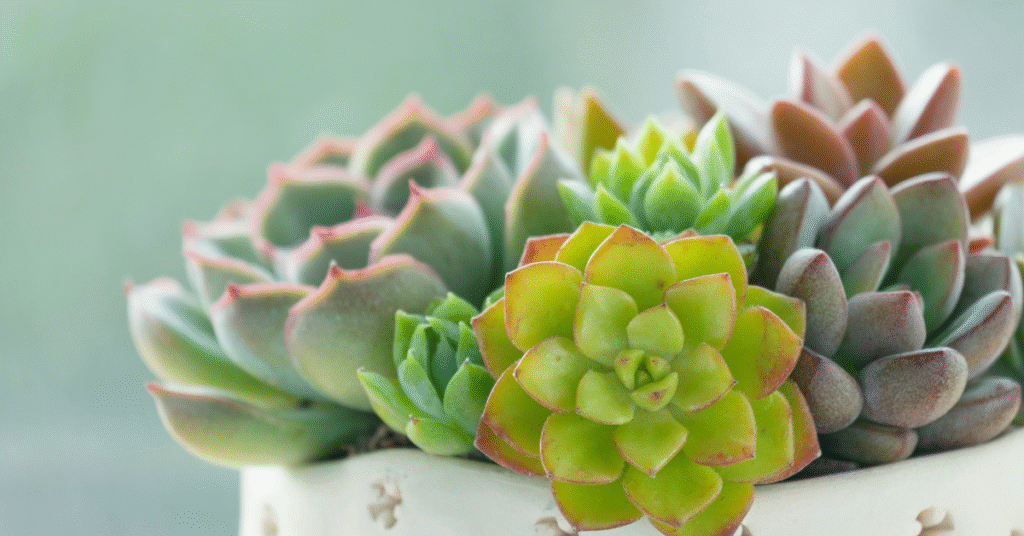
- Jade Plant (Crassula ovata): one of the most popular and hardy plant which has thick woody stems and fleshy oval-shaped leaves.
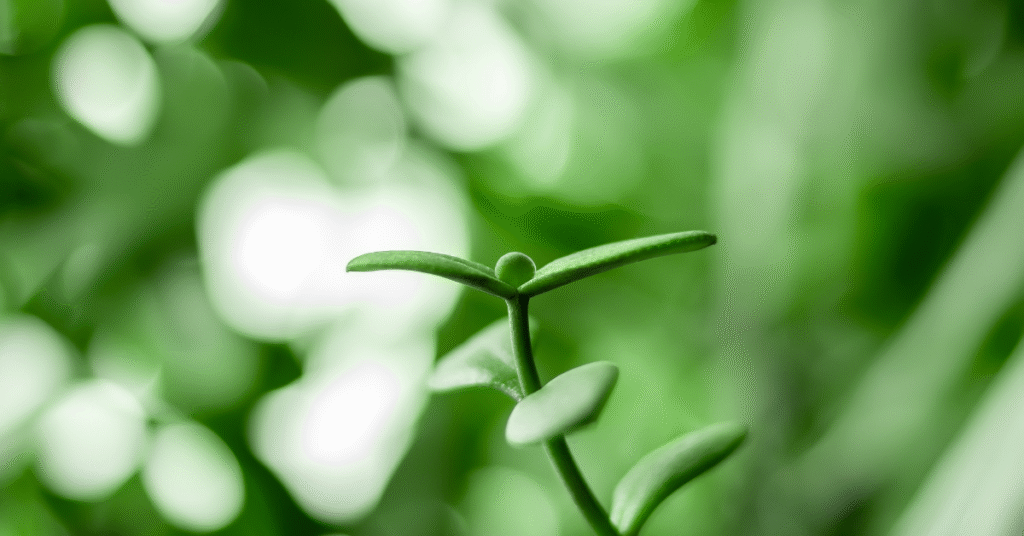
- Haworthia: This little succulent with its beautiful striped pattern would be perfect on shelves and desk, since it would not be stressed as much by low light level like other ones.
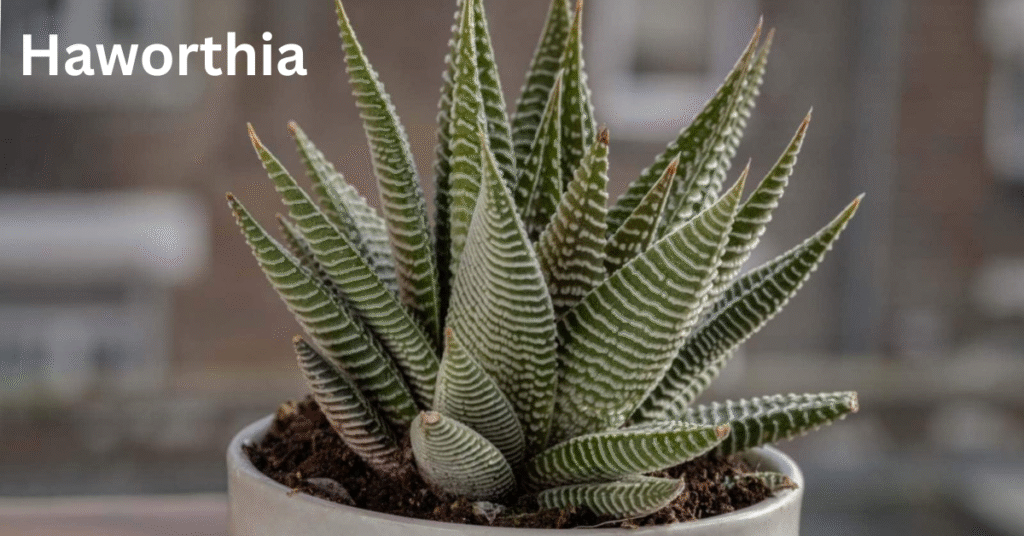
- Burro Tail (Sedum morganianum): A fabulous multi-stemmed succulent with long thick stems and plump teardrop-shaped leaves that grow densely together, a great succulent to use in hanging baskets.
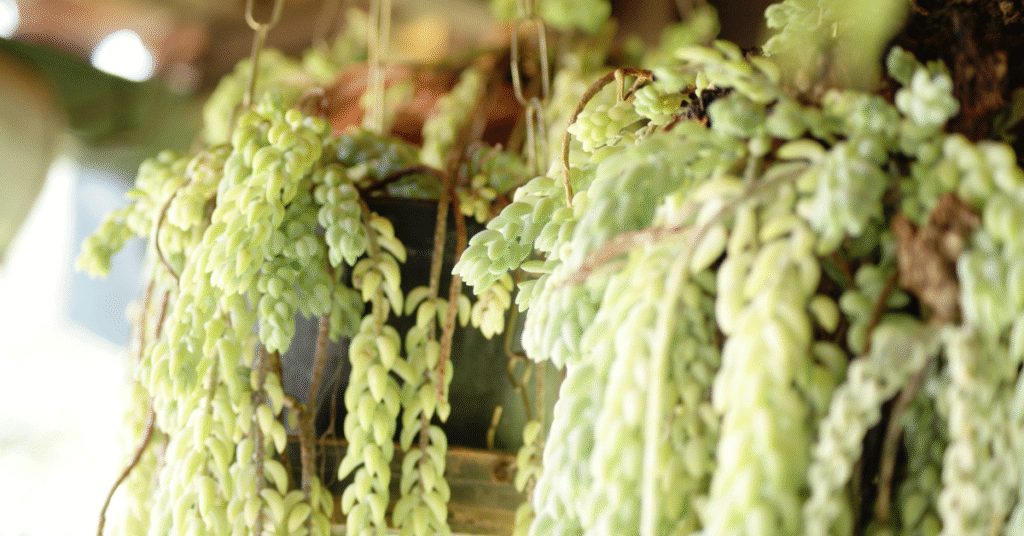
These are just a couple of easy principles through which you can easily grow an exotic and magnificent succulent bouquet. They are more than plants to them, they are a way of adding a little bit of the stark beauty and age old spirit of the desert into your house without much commitment on your part, only much reward in the beauty of these plants.
